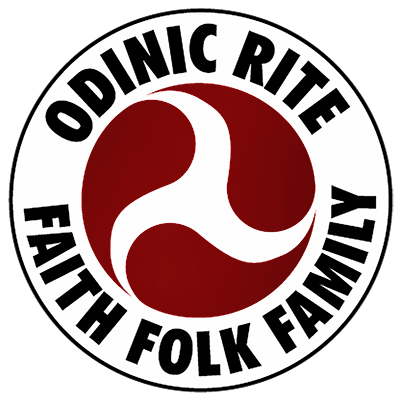Nurturing through Nature: Natural Dyes
Before there were chemical dyes, people had to make their own dyes from plant materials. The pioneers and ancient Scots used the nature around them to create beautiful quilts and tartans with only plants and trees. Use this experiment to see what our ancestors had to go through to dye their string and cloth to create those beautiful clothes and tartans! Here is a website that has very succinct information regarding this lesson : http://www.pioneerthinking.com/naturaldyes.html
Age Group: Really any age, the extent of responsibility in the experimentation process is given according to age. For example: Young: only as helpers in gathering the plants, putting in the water and dying and drying the cloth, for older children, the parent can actually allow them to do the “cooking” part for dye extraction of the plant.
Goals: The student will be able to identify plants that can be used for dyes. The student will be able to demonstrate knowledge of varying species according to colors produced as well as understand the role of cloth dying in ancient society.
Objectives: The student will be able to identify pre-selected plants in the wild or in the store by leaf, stem, and flower or any other properties on which the parent chooses to focus. Use those plants to extract dye, and dye cloth as well as other materials.
Materials:
Good enough weather to find some plants
A place with flowering dandelions
Red and Yellow onion skins
Blue berries (or other berries)
Red cabbage
Carrots
Walnut shells
And any other natural materials to create dyes
1 tsp vinegar for each color made
Pots, pans, water to boil materials
Items to dye—can dye hard-boiled eggs, cloth, paper, whatever you like!
Procedure:
Have a short introduction to how natural dyes were used to color many things from paint to makeup. Some pictures of sculptures and even paintings that used natural dyes to create things of beauty. Decide what the child wants to create (dyed eggs, colored handkerchief, etc…) and create a list of plants that will fulfill that need.
Pre activity Questions:
- How much do you need to collect? (A handful, a bagful? Etc…)
- What do you think will be the outcome of the dyes? Will they look like your clothing? Or will they be darker/lighter, etc…?
Take children out into Nature and discuss how people would use one plant for several uses including creating dyes. For example, picking berries for a pie and for dying an apron or shirt! Also, discuss how colors are used chosen according to their vibrancy. Choose some nice flowers, be sure to identify why certain plants over others (color, vibrancy, color needs, task pertinence, etc…). If you are going to the store to purchase plant material, ensure that the child does the choosing and discuss each plant and species and why you are choosing those plants over others. Discuss how each item creates a different color. Of particular interest will be why yellow dandelions create magenta colors!
Put each item into its own pot with enough water to cover the item. Add a teaspoon of vinegar to maintain colorfastness.
Questions for discussion:
- What were the results of your activity?
- Did the items come out as expected?
- Why were there differences?
- How could you have created a better result?
- Did you enjoy your craft?
The above website has quite and exhaustive list of plants and the color they create as well as many extension activities. Be sure to check it out and expand on this simple craft for a complex subject!
Enjoy!

Leave a Reply
Want to join the discussion?Feel free to contribute!